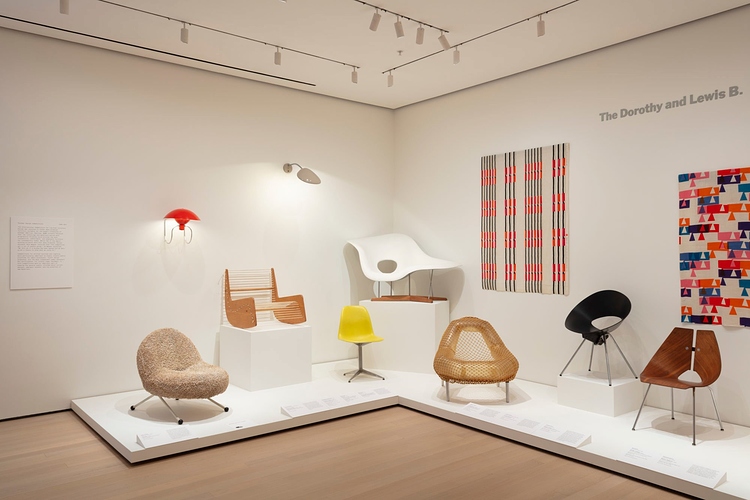At the New Yorker website, Nikil Saval reflects on a small exhibition, entitled “The Value of Good Design,” currently on view at MoMA. Noting how the twentieth-century notion of “good design” developed somewhat differently in Europe and the US, Saval observes that too often (especially in the US), design has been less about making things that are useful and aesthetically pleasing than about making things that are bought, quickly consumed, and discarded. What might design look like, asks Saval, if it were freed from the imperatives of profit? Check out an excerpt below.
A curious bit of auto-institutional history, as well as a plug for the museum’s wallet-shredding design store, the “Good Design” show looks back at the museum’s attempt to establish canons of taste in postwar America—to play, in other words, the man in the middle between designers and consumers. As in a suburban shopping mall, the center of the exhibit is a whole car: the huggable Fiat 500, one of the most charming symbols of the Italian postwar “economic miracle.” (Unfortunately, there is no contest to win it.) Elsewhere, there is the liquid sheen of Eva Zeisel’s porcelain ware, George Nelson’s exclamatory atomic-age clock, and a Japanese-influenced bamboo-framed chair from Charlotte Perriand. To view these items is to feel immediately the induction of “wants” diagnosed by Mills. This is MOMA ’s second show in a decade about its “Good Design” program, and it makes one wonder about both the meaning of those terms and what they are meant to do …
More than a half-century after Mills delivered his speech, design has become both more pervasive and less responsible. As Alexandra Lange has written about in these pages, Jony Ive, of Apple, a self-proclaimed adept of Rams, lovingly crafts smooth, chamfered edges for his company’s world-conquering products. The aesthetic is precise, alluring—but the objects are designed to meet a suspiciously early obsolescence. Indeed, most of the things that we hold in our hands and stare at, day after day, are examples of “good design”—great design, even, in terms of their inextricability from life. But more and more their social benefit seems questionable. As objects they are meant to be replaced, and they function, as Mills warned, as talismans of our own status. What would design look like if its aim weren’t profit? The answer is hidden in the margins of the MOMA show: a device that makes water potable—something you can’t buy at the design store but which might actually save your life.
Image: Installation view of “The Value of Good Design” at the Museum of Modern Art. Via the New Yorker.
